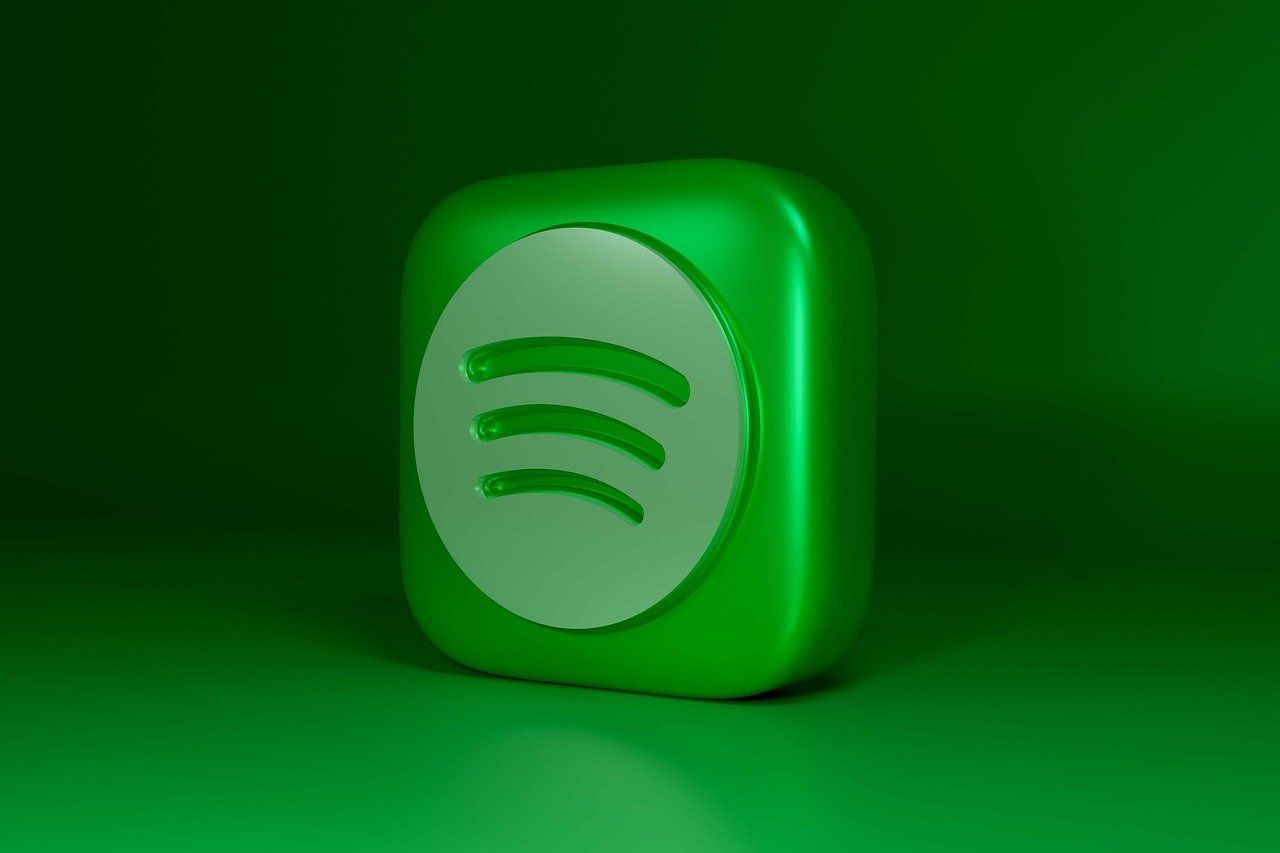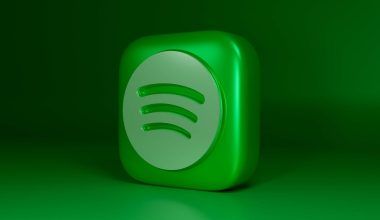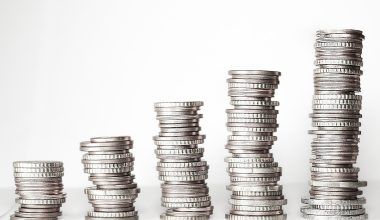If you’ve ever wondered how much money artists make per stream on Spotify, you’re not alone. Streaming platforms like Spotify have transformed how we listen to music, but they’ve also raised questions about how musicians get paid. So, how much is a stream on Spotify worth? It’s a bit more complicated than you might think, but don’t worry—we’ll break it all down for you in the simplest way possible.
What is a Spotify Stream, Anyway?
First, let’s get clear on what counts as a stream. On Spotify, a stream is recorded when a listener plays at least 30 seconds of a song. If you’re wondering why 30 seconds matters, it’s because this is the threshold Spotify uses to determine engagement. Anything less than that doesn’t count as a full play. Whether it’s a short pop song or a 10-minute symphony, that 30-second mark is the magic number.
But here’s the catch: not all streams are created equal. Where the stream happens, whether the listener has a premium subscription or is using the free tier with ads, and even the listener’s location—all of these factors influence the payout.
How Much Does Spotify Pay Per Stream?
The big question is, how much does a Spotify stream actually pay? On average, Spotify pays artists between $0.003 and $0.005 per stream. That means you would need around 250 to 350 streams to make just $1. Doesn’t sound like much, right? But before jumping to conclusions, let’s dig a little deeper into how this system works.
Spotify doesn’t have a flat rate for every stream. Instead, the payout depends on a revenue-sharing model. Here’s how it works:
- Revenue Pool: Spotify collects money from ads and premium subscriptions.
- Pro Rata Model: A portion of this revenue is set aside for artists.
- Stream Share: The total number of streams determines how this money is divided among artists.
In other words, your payout per stream depends on how many total streams occurred on Spotify that month and your share of the pie.
Why Location and Subscription Type Matter
Here’s where it gets even more nuanced. A stream from a premium subscriber in the U.S. might be worth more than a stream from a free-tier listener in a smaller market. This happens because Spotify earns more from premium subscriptions than from ad-supported free streams. Geographic location also plays a role, as Spotify adjusts its rates to reflect local economies and advertising revenue.
For example:
- Premium Users: Streams from premium accounts usually yield higher payouts because the revenue from subscriptions is more substantial.
- Free Tier Users: Ad-supported streams contribute less to the overall revenue pool, so these streams generate lower payouts.
How Artists Get Paid
It’s important to note that Spotify doesn’t pay artists directly. Payments are typically routed through record labels, distributors, or aggregators. Here’s the typical flow:
- Listener streams a song on Spotify.
- Spotify calculates royalties based on the stream’s value.
- Royalties are paid to rights holders (labels, distributors, etc.).
- Rights holders distribute a portion of the royalties to the artist.
This layered payment system means that an artist might only receive a fraction of the payout, depending on their contract with their label or distributor.
How Many Streams to Make a Living?
If you’re dreaming of quitting your day job to become a Spotify sensation, let’s crunch some numbers. Suppose you want to earn $1,000 from Spotify streams. At $0.004 per stream (the average rate), you would need 250,000 streams to hit that target. For an independent artist, reaching these numbers can be challenging but not impossible, especially with the right marketing strategy and fan base.
For bigger artists who regularly hit millions of streams, the earnings can add up quickly. However, the competition is fierce, with over 100,000 new tracks uploaded to Spotify every day.
Maximizing Earnings as an Artist
If you’re an artist looking to make the most of your Spotify streams, here are a few tips:
- Grow Your Fan Base: Focus on building a loyal audience that will stream your music consistently.
- Leverage Playlists: Getting featured on popular Spotify playlists can significantly boost your streams.
- Promote Your Music: Use social media, email newsletters, and live performances to drive traffic to your Spotify profile.
- Consider Alternative Income Streams: Combine Spotify earnings with income from merchandise, live shows, and crowdfunding to create a sustainable career.
The Bigger Picture: How Spotify Compares to Other Platforms
Spotify isn’t the only streaming platform out there. Others like Apple Music, Amazon Music, and Tidal also pay royalties, often at higher rates. For instance:
- Apple Music: Pays around $0.01 per stream, more than double Spotify’s average.
- Tidal: Known for its artist-friendly payout structure.
However, Spotify’s massive user base (over 500 million active users) makes it an essential platform for artists looking to reach a global audience. The sheer volume of streams can sometimes make up for the lower per-stream payout.
Why Streaming is Here to Stay
Despite its flaws, streaming has democratized access to music. Independent artists can now share their work with a global audience without the need for major label backing. For listeners, platforms like Spotify offer unparalleled convenience and variety.
Yes, the question of “how much is a stream on Spotify?” often leads to debates about fairness. But the truth is, streaming is evolving. As more people join platforms like Spotify and new revenue models emerge, there’s hope for better payouts in the future.
Final Thoughts
Understanding how much a Spotify stream is worth might feel overwhelming at first, but it’s crucial for both artists and fans. Whether you’re an up-and-coming musician or just someone curious about how your favorite artists get paid, this guide gives you a clear picture. While the payout per stream might not seem like much, every play counts—and in today’s digital world, streams are the lifeblood of the music industry.
For further reading, explore these related articles:
- Justine Skye: The Inspiring Journey of a Rising Star
- Mother’s Day Special Song: The Perfect Way to Celebrate Your Mom
For additional resources on music marketing and distribution, visit Deliver My Tune.





